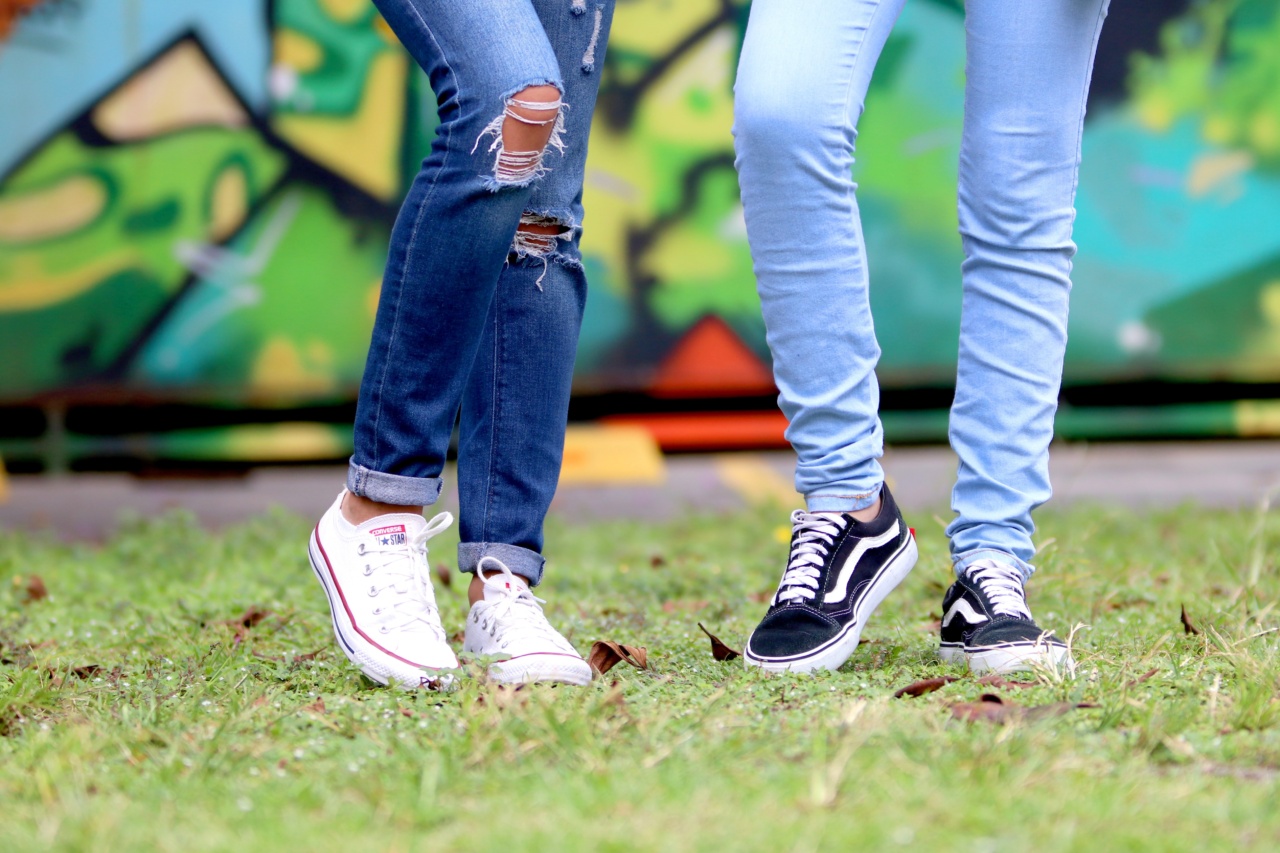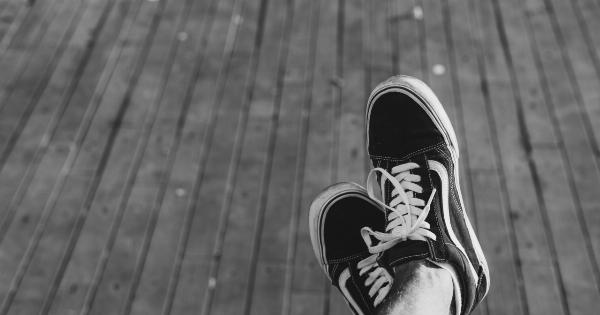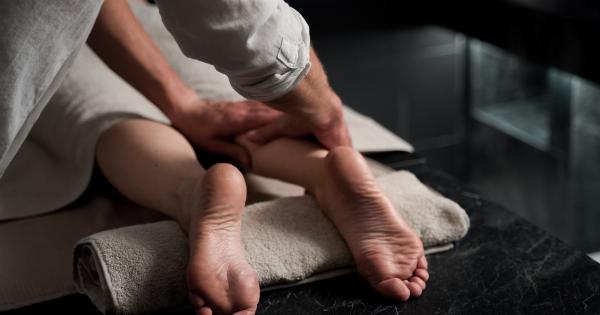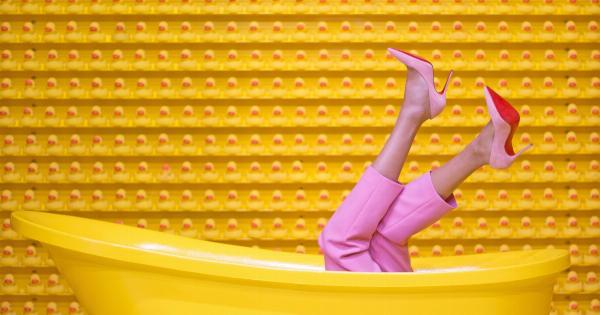Shoes are an important part of our everyday life. They protect our feet and keep us comfortable while walking or standing for long periods. However, not all shoes are created equal. Some shoes can cause foot problems, which can lead to pain and discomfort.
Here are ten shoes that can contribute to foot problems:.
1. High Heels
High heels are one of the most common culprits of foot problems. When you wear high heels, your weight is shifted forward, putting pressure on the ball of your foot. This can cause pain, numbness, and even stress fractures.
High heels can also cause Achilles tendonitis, plantar fasciitis, and metatarsalgia. If you can’t avoid wearing high heels, try to limit the time you wear them and opt for a lower heel height.
2. Flip-flops
Flip-flops are popular summer footwear, but they are not suitable for extended wear. They don’t provide enough arch support or shock absorption, which can lead to plantar fasciitis and heel pain.
Flip-flops also cause your toes to grip the shoe to keep it in place, which can lead to toe pain and ingrown toenails.
3. Ballet Flats
Ballet flats are a popular choice for those who want a comfortable and stylish shoe option. However, most ballet flats lack arch support and cushioning, which can cause plantar fasciitis and heel pain.
Some designs can also cause blisters and calluses on the toes and heels due to the lack of support and friction caused by the shoe’s materials.
4. Stilettos
Stilettos are high heels with a very thin heel. They are often seen as a sexy shoe option, but they can cause considerable foot problems.
Not only do they shift your weight forward as high heels do, but they also cause your ankle to become unstable, increasing the risk of ankle sprains and falls. Stilettos can also cause hammertoes, a condition where your toes curl under due to the constant pressure applied to the toe joints.
5. Cowboy Boots
Cowboy boots may look stylish, but they are not designed for everyday wear. Due to their inflexible construction and high heels, they can lead to plantar fasciitis, heel pain, and ankle injuries.
They also force your toes into a pointed position, leading to hammertoes and ingrown toenails.
6. Uggs
Uggs were once known as comfortable and trendy footwear, but they may lead to foot problems. Due to their lack of support and cushioning, they can lead to plantar fasciitis, heel pain, and arch pain.
They also don’t provide proper traction, increasing the risk of slips and falls.
7. Platform Shoes
Platform shoes have a high sole that elevates the whole foot off the ground. They can cause ankle and knee instability, leading to falls, ankle sprains, and fractures.
They also put pressure on the ball of the foot, leading to metatarsalgia and pain in the toes and forefoot.
8. Pointed-Toe Shoes
Pointed-toe shoes put pressure on the toes, leading to bunions, hammertoes, and blisters. They also force your toes into an unnatural position, which can lead to nerve damage and pain in the ball of the foot and toes.
9. Shoes That Are Too Tight
Shoes that are too tight constrict your feet, leading to blisters, corns, and calluses. They can also cause ingrown toenails, toenail fungus, and nerve damage.
Tight shoes can also cause circulation problems, leading to cold feet, swelling, and foot pain.
10. Athletic Shoes With Poor Support
Athletic shoes that lack proper support can lead to foot problems. Running shoes that are worn out or too flexible can cause plantar fasciitis, heel pain, and arch pain. Shoes without proper cushioning can also cause stress fractures and knee pain.
Always wear athletic shoes that fit well and have proper support, especially if you have a high-intensity workout routine.



























